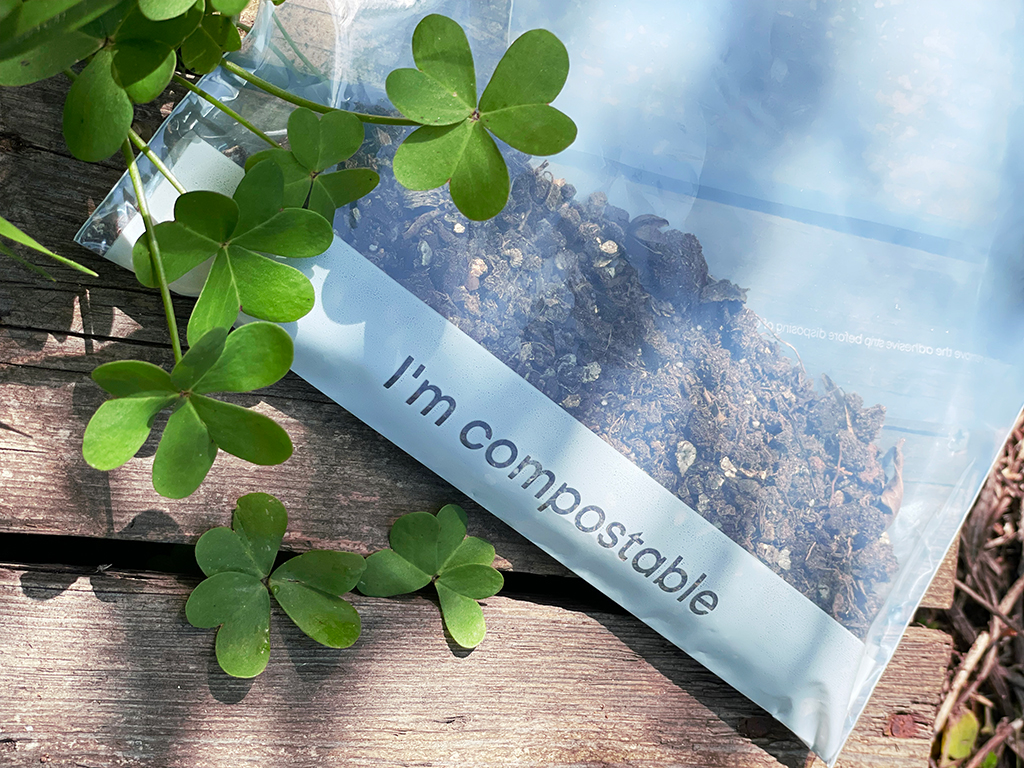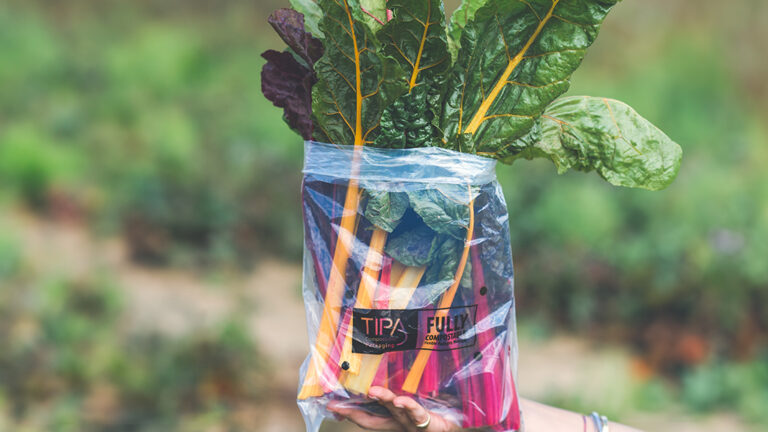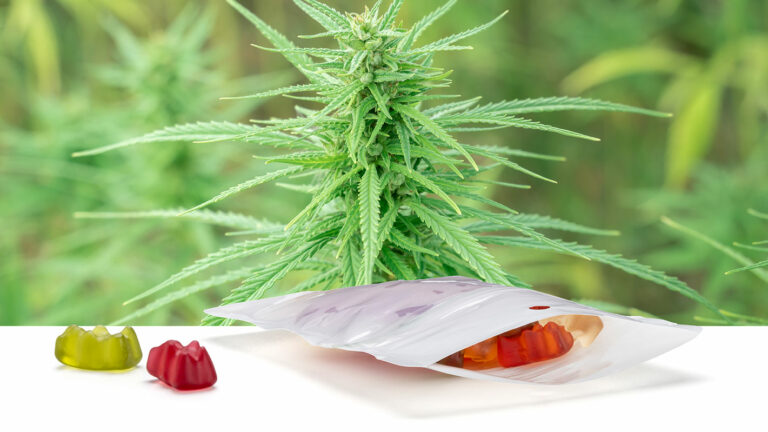Why Zero Waste Packaging Can Be the Answer to Environmental Concerns
In our rapidly industrializing world, the pressing issue of waste—especially packaging waste—poses significant environmental challenges. The production and disposal of packaging contribute to a staggering amount of landfill waste, exacerbating pollution and resource depletion. Zero waste packaging emerges as a pivotal solution, aiming to eliminate waste before it even has a chance to pollute our planet. By adopting strategies such as reusable, biodegradable, or compostable materials, zero-waste packaging seeks to close the loop in product lifecycles, significantly reducing environmental impact. This approach not only mitigates the problem of waste but also encourages sustainable consumption and production patterns, aligning with global efforts to protect our environment.
What is Zero Waste Packaging?
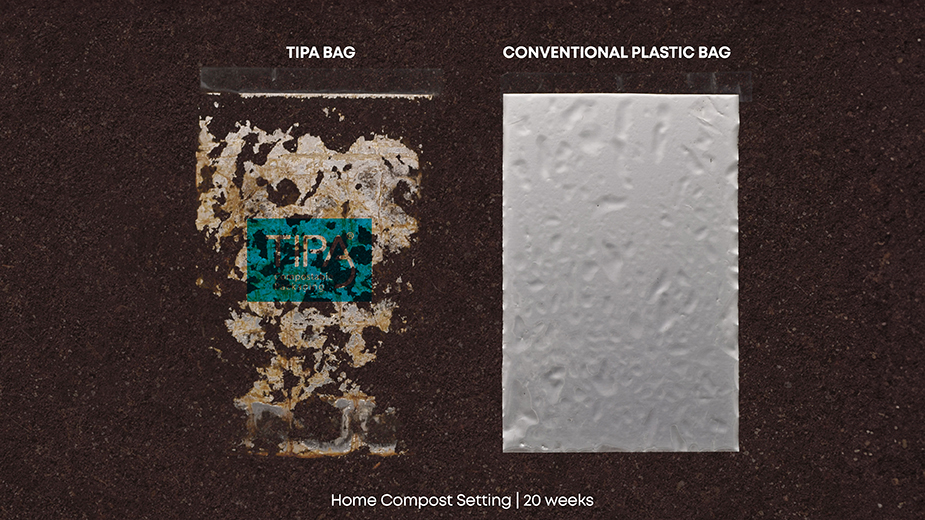
Zero waste packaging represents a forward-thinking strategy aimed at tackling the escalating problem of packaging waste head-on. Given that packaging, particularly plastic packaging, is a significant factor in the global waste crisis, transitioning towards zero-waste packaging becomes an essential move.
The surge in packaging waste production globally can be largely attributed to the introduction and widespread adoption of plastic as the material of choice for packaging. This trend has not only contributed to an increase in waste generation but has also spurred a series of environmental challenges. The crisis is compounded by a consumer culture that prioritizes convenience over sustainability, along with recycling systems that are often inefficient or underdeveloped. These factors collectively exacerbate the packaging waste dilemma.
One of the stark realities facing the recycling sector is the limitations and challenges associated with recycling certain types of plastics. Despite concerted efforts to recycle, a significant portion of plastic materials remains unrecycled, largely due to technological and infrastructural constraints that hinder the effective processing of these materials. As a result, vast amounts of potential recyclable materials are diverted to landfills, contributing to environmental degradation.
This waste, especially plastics, not only contributes to land pollution, but also has a detrimental impact on marine ecosystems. The speed at which plastics are contaminating our oceans has escalated into a dire situation, necessitating urgent measures to adopt more sustainable packaging options, as many food businesses and fashion brands have successfully done.
In light of these challenges, zero-waste packaging emerges as a critical solution. A prime example of this approach is compostable packaging, which not only reduces reliance on traditional plastics but also contributes to a circular economy by breaking down into non-toxic, nutrient-rich components that benefit the soil.
What Are the Benefits of Using Zero Waste Packaging?
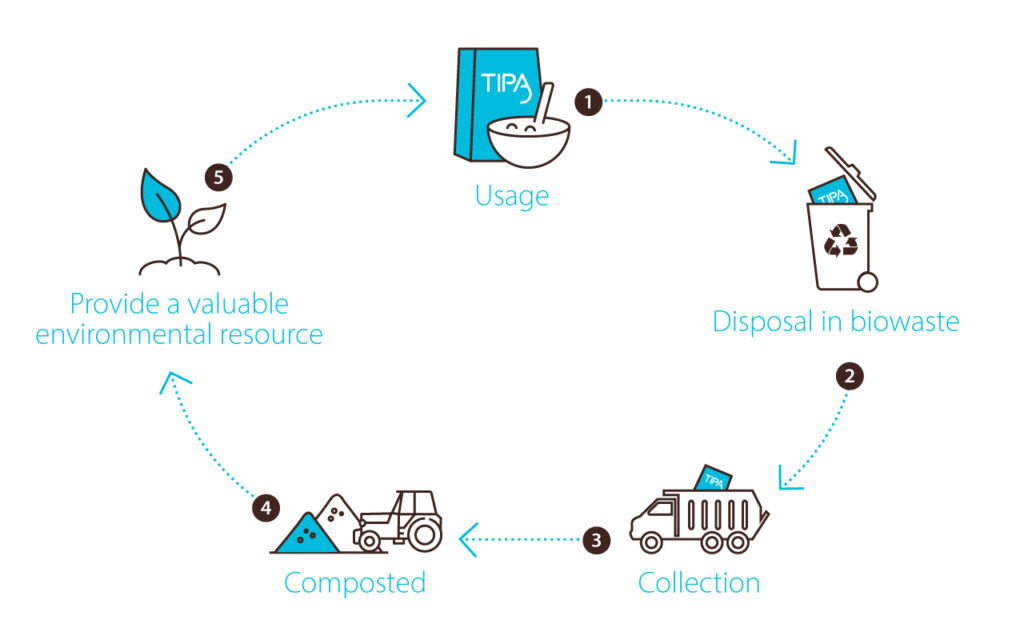
In the quest to mitigate packaging waste, several innovative solutions have emerged, each playing a crucial role in transitioning towards a more sustainable future.
- Biodegradable and Compostable Material Packaging: This approach focuses on materials that break down into natural, non-toxic components, significantly reducing landfill waste and pollution. By utilizing plant-based, renewable resources, these packaging solutions offer an environmentally friendly alternative to conventional plastics, closing the loop in the product lifecycle and contributing to a healthier planet.
- Circular Economy Models: Embracing a circular economy approach shifts the focus from a traditional linear economy of “take, make, dispose” to one where materials are kept in use for as long as possible. This model promotes the design of packaging to be durable, reusable, or easily recyclable, ensuring that waste is minimized and resources are utilized more effectively.
- Government Policies and Incentives: Legislation plays a pivotal role in driving the adoption of sustainable packaging solutions. Policies that incentivize the use of eco-friendly materials, along with regulations that limit or ban single-use plastics, can significantly influence industry practices. Additionally, government incentives for companies to adopt sustainable practices help accelerate the transition towards zero-waste packaging by making it more economically viable.
The Benefits of Using Zero Waste Packaging
Embracing zero-waste packaging carries significant benefits that extend beyond mere waste reduction, impacting environmental, economic, and resource sustainability aspects.
- Zero Waste Minimizes Climate Impact: Zero waste packaging incorporating compostable materials plays a crucial role in minimizing climate impact, particularly through its end-of-life benefits. Unlike conventional packaging, which can persist in the environment for decades and contribute to greenhouse gas emissions, compostable packaging is designed to break down safely when composted. This process turns packaging waste into nutrient-rich soil, effectively closing the loop in the product lifecycle without releasing harmful methane into the atmosphere. By diverting waste from landfills and reducing methane emissions, compostable packaging presents a proactive step towards a cooler planet, showcasing the significant environmental advantages of zero waste initiatives in combating climate change.
- Zero Waste Preserves Resources & Reduces Pollution: While initially appearing costlier than traditional options, the long-term financial advantages of compostable packaging become clear through decreased waste management expenses. Traditional disposal methods incur high costs, whereas compostable packaging can reduce these fees by facilitating local composting solutions. This approach not only cuts down on waste processing costs but also enhances brand appeal. As environmental awareness rises among consumers, companies employing sustainable practices like compostable packaging distinguish themselves, attracting a loyal customer base interested in ecological responsibility. This loyalty translates into potential market growth and increased profitability. Furthermore, businesses leveraging compostable solutions may access environmental incentives, grants, or tax benefits, helping offset initial expenses.
- Sustainable Packaging Is Cost-Efficient: In the long run, sustainable packaging proves to be economically beneficial. By reducing material costs through the reuse of packaging and minimizing waste management expenses, businesses can achieve significant savings. Furthermore, sustainable packaging often leads to brand differentiation and loyalty, appealing to a growing consumer base concerned with environmental impact, thereby potentially increasing sales and profitability.
Conclusion
Zero-waste packaging stands at the forefront of addressing the urgent environmental issues posed by traditional packaging waste. By emphasizing the use of compostable materials, it offers a promising pathway toward reducing our ecological footprint, preserving natural resources, and fostering a more sustainable economy. The adoption of zero waste practices, underscored by the principles of a circular economy, not only mitigates climate change and reduces pollution but also presents significant economic advantages for businesses willing to innovate. As society continues to evolve towards greater environmental consciousness, zero-waste packaging becomes not just an option but a necessity for securing a healthier planet for future generations.
This transition requires a collective effort from consumers, businesses, and policymakers to reimagine and redesign our consumption patterns, making zero-waste packaging a pivotal element in our journey toward environmental stewardship and sustainability.












